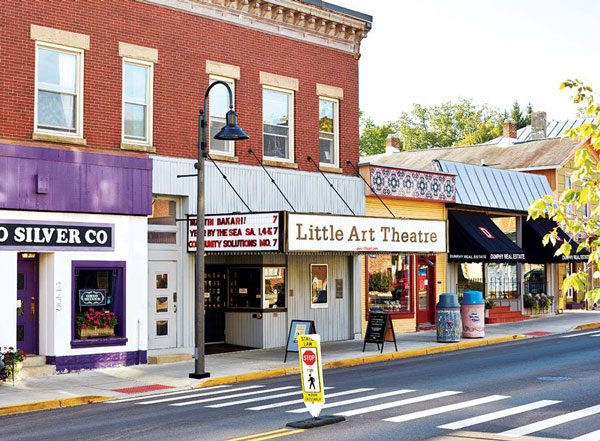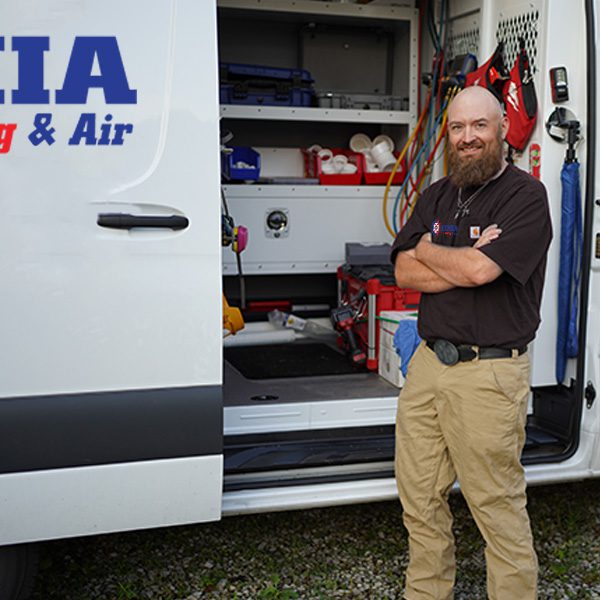
Residential Heating & A/C Services in Yellow Springs, Ohio
Our team at Xenia Heating & Air proudly services the people of Yellow Springs, OH, with the highest quality of HVAC services in the area. If you are an Yellow Springs resident who is looking for a reliable, affordable and five star rated HVAC company to serve your needs, look no further.
At Xenia Heating & Air we offer a wide variety of HVAC services including: repairs, replacements, and maintenance for your air conditioner, furnace, or heat pump. No matter the brand or age we can help you get comfortable in your home again. If your looking to improve your homes indoor air quality we also offer a wide range of add-on devices and systems that include whole-home humidifiers, dehumidifiers, air purification technology, UV lights or UV Lamps, air filters, iWave-Rs and more. Is your furnace not warming your home? Give us a call today at (937) 708-8451. You can also get the ball rolling now and set up an appointment online by clicking here!
Learn More About Yellow Springs, Ohio
A rare, beautiful village nestled away in Greene County, Yellow Springs is rich with history, culture, art and attractions that truly make it one of a kind.
In 1825, the Yellow Spring was founded by William Mills and 100 families who wanted to emulate a utopian community in New Harmony, Indiana.
Because of internal conflicts, the communitarian efforts dissolved. The village, however, was named after several nearby natural springs in which waters were seen as rich in iron content. Yellow Springs had long been the home of Shawnee Native Americans, most of whom were forced out when European-American settlement arrived and pushed westward. In 1846, the completion of the Little Miami Railroad resulted in much more commerce here as well as more inhabitants to this area of Greene County. A great deal of visitors during the nineteenth century came for the springs, as they were believed to have health benefits.
Yellow Springs was incorporated as a village in 1856.
Founded by the Christian Connection in 1850, Antioch College started offering classes in 1853 with the distinguished scholar Horace Mann serving as its first president. In 1920, Arthur E. Morgan became president of Antioch College. Morgan was known for his innovations and he implemented a popular work-study program for students. An engineer by training, Morgan left Antioch to become head of the Tennessee Valley Authority during President Franklin D. Roosevelt’s administration. Upon his return, he was a key leader of Quaker intentional community developments in Ohio and in North Carolina.




